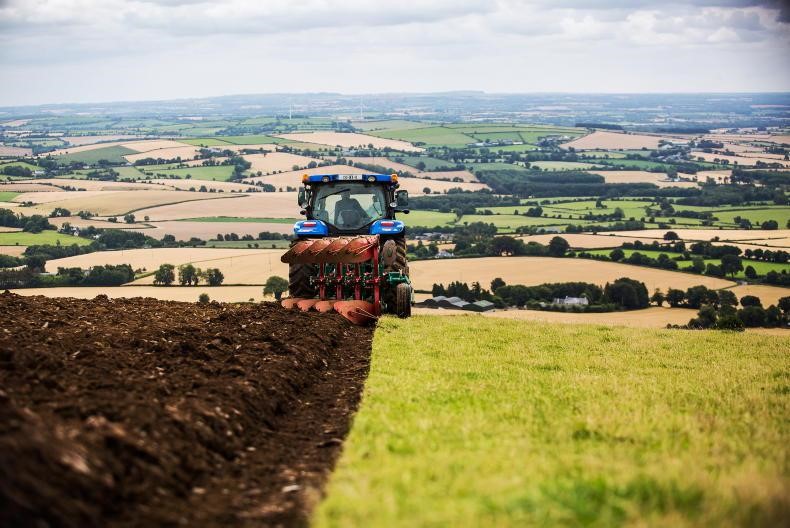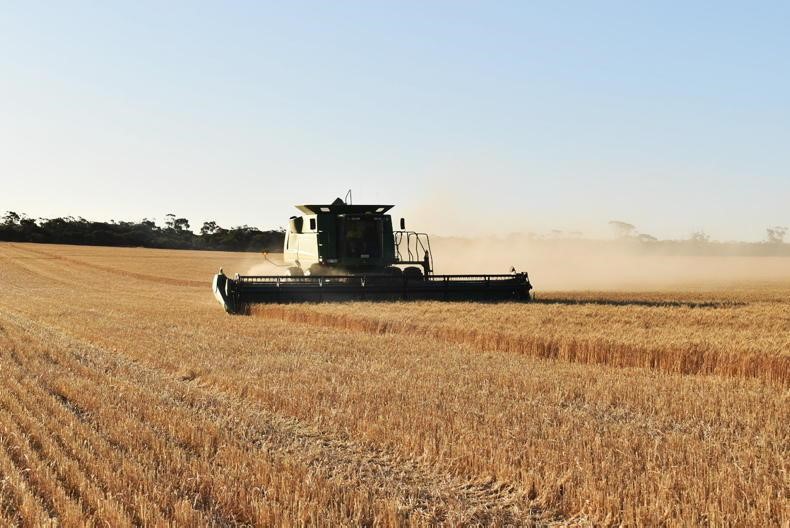Key CAP and nitrate changes highlighted at ITLUS conference
The key changes to CAP and nitrates regulations were discussed at this year’s ITLUS conference writes Stephen Robb and Siobhan Walsh

The Irish Tillage and Land Use Society (ITLUS) conference took place online this year due to Covid-19 restrictions. The focus of the event was the key changes in the next CAP and the new nitrates regulations.
While “nothing is agreed until everything is agreed”, we now have a good indication of some of the big changes coming in the next CAP, explained Francis Morrin of the Department of Agriculture.
Participation in these schemes is not mandatory
The Basic Payment Scheme (BPS) is changing to the Basic Income Support for Sustainability (BISS). The number of each farmer’s entitlements is due to remain the same, but the value of each entitlement will be adjusted to match the new funding ceiling.
Eco-schemes are set to be introduced and will account for a significant part of farmers’ payments, at least 20%. Participation in these schemes is not mandatory, but farmers won’t receive their full direct payment if they don’t join.
There will also be more of an emphasis on front-loading payments in the new CAP
Capping of payments will be applied under a tiered system, starting from €60,000, with payments capped at €100,000.
Francis also said the EU believes in the continuation of convergence. Member states will have to reach a minimum convergence rate of 75% of the national average by 2026. Ireland is currently at 60%. There will also be more of an emphasis on front-loading payments in the new CAP, ie redistributing funds from bigger to smaller and medium-sized farms. Other measures such as the Young Farmers Scheme will continue and it is likely that the national reserve will also continue. Due to delays, the new CAP programme likely won’t begin until 1 January 2023.
Water quality in focus
Bernard Harris of the Department of Agriculture discussed the upcoming changes to nitrates regulations. These changes will come into effect on 1 January and aim to help improve water quality. Nitrogen (N) and phosphorus (P) are the main nutrients being lost to water and this is costly to both the environment and the farmer.
The majority of P is lost through overland flow. Modifying roadways has the potential to reduce the levels of nutrients and sediment loss to drains and other water bodies.
Therefore, all farm roadways will have to be cambered or oriented away from watercourses or dry drains from next January, regardless of stocking rate. This means that tillage farmers will also have to comply.
Bernard Harris also stressed the need for improved nitrogen management on more free-draining soils
Guidelines from the Department state that where “an existing roadway is effectively level, and adjacent to a watercourse, an option is to resurface it with 804 grade stone and dust to a 1-in-25 fall away from the watercourse.”
The Department recommends that new roadways are not installed adjacent to or near watercourses, but if this is the case, the run-off must be redirected away from the watercourse.
Bernard Harris also stressed the need for improved nitrogen management on more free-draining soils. He added that his department is working on critical source area maps to aid farmers and advisers in putting mitigation measures in place on farms.
Additionally, all livestock farms will be required to fence watercourses and set back water troughs from watercourses on the farm.
A trip of a lifetime
Vinny McIntyre reviewed the ITLUS educational trip to Australia in January 2020. The trip began in Perth, where the group made their way from west to east, following the tillage belt. They had to contend with weather extremes including rain, floods, heatwaves, dust storms and wildfires. Tillage farming in Australia is diverse and on the trip, the group visited farmers growing cereals, legumes, cotton, brassicas, grasses, roots, vegetables, fruits and nuts.

They also visited livestock farms including sheep, dairy, poultry, aquaculture and beef enterprises. A clear theme on farms across the country was the importance of protecting soils. For example, on one farm visit, the Fowler family farm used controlled traffic farming systems (CTF) on 12m implements with 36m sprayer across their 31,000ha. Most farms use CTF to protect soil structure, allowing the soil to absorb moisture when rain falls and ensure minimal damage when soils are wet.
Source: Irish Farmers Journal

You must be logged in to post a comment.